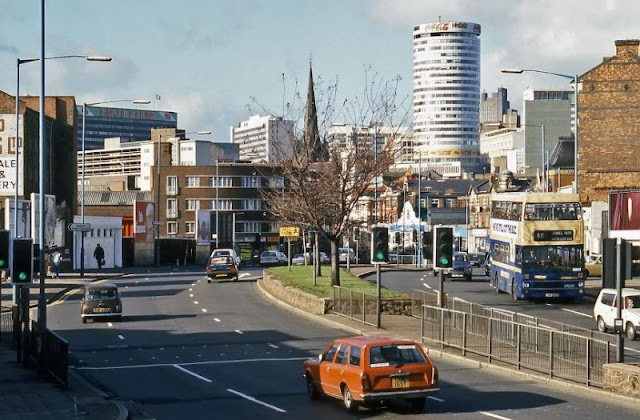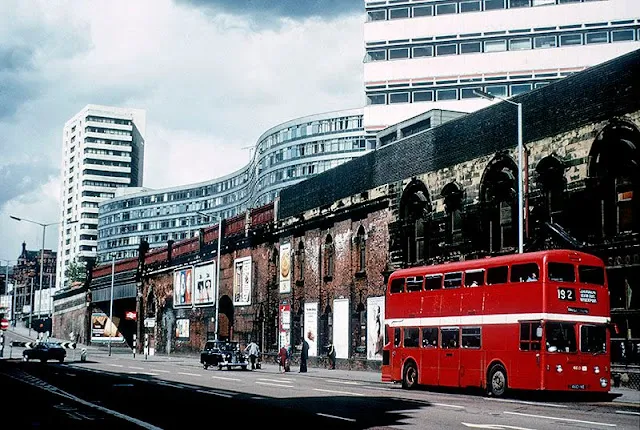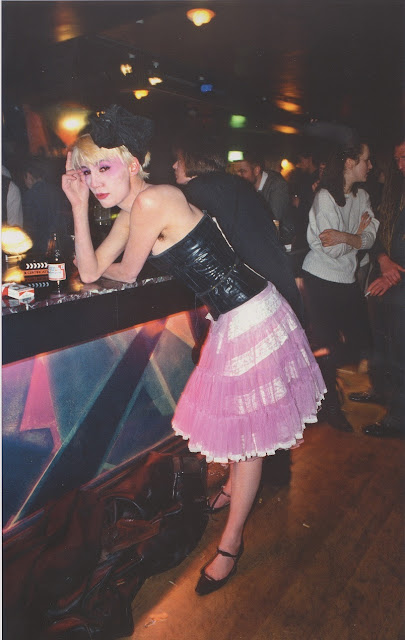The salt print was the dominant paper-based photographic process for producing positive prints during the period from 1839 through approximately 1860.
The salted paper technique was created in 1833 by English scientist and inventor Henry Fox Talbot. He made what he called "sensitive paper" for "photogenic drawing" by wetting a sheet of writing paper with a weak solution of ordinary table salt (sodium chloride), blotting and drying it, then brushing one side with a strong solution of silver nitrate.
Here is a rare photo collection of salted paper prints that shows everyday life of the United Kingdom from the 1840s to 1850s.

|
| Broad Gauge Railway, Sidmouth, Devon, 1856 |
 |
| Church, Glouchestershire, 1857 |
 |
| Country church, ca. 1850 |
 |
| Country house, 1855 |
 |
| Excavation site, ca. 1850 |
 |
| Family group at church, 1854 |
 |
| Family group study, 1850 |
 |
| Farmyard at Stoke Castle, 1850 |
 |
| Glouchestershire Church, 1857 |
 |
| Hewell Grange, Worcestershire, ca. 1950 |
 |
| Lincoln Gateway, ca. 1850 |
 |
| Marine Parade, Worthing, 1850 |
 |
| Mary Le Port Street, Bristol, 1854 |
 |
| Men by church, 1850 |
 |
| Nelson's Column under construction, Trafalgar Square, London, April 1844 |
 |
| Nene Quay, behind the old market, Wisbech, 1853 |
 |
| Officers of the 4th Light Dragoons, 1855 |
 |
| Peterborough Cathedral, 1850 |
 |
| Queens Gate Lodge, London, 1850 |
 |
| Sailor on board HMS Superb, Plymouth, 1845 |
 |
| Scotish women reading and knitting, ca. 1950 |
 |
| Siston Court, Gloucestershire, 1857 |
 |
| The Sea House Hotel, Worthing, 1850 |
 |
| Tintern Abbey from the Road, June, 1856 |
 |
| Tree Study, 1853 |
 |
| Tree Study, 1858 |
 |
| Ven House, Milborn Port, South Somerset, 1850 |

|
| Wakehurst Place, West Sussex, 1855 |

|
| Walkingham Church, 1845 |

|
| Winchelsea, 1854 |
(Photos from The History of Photography Archive)



